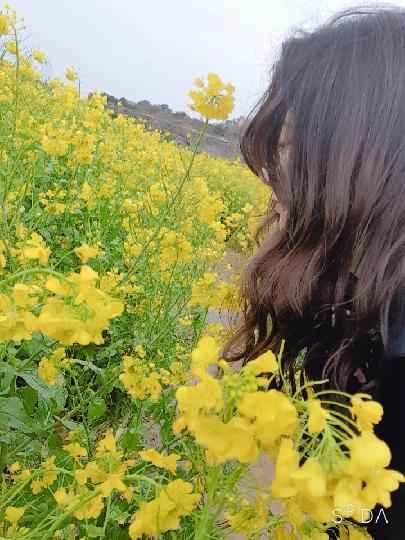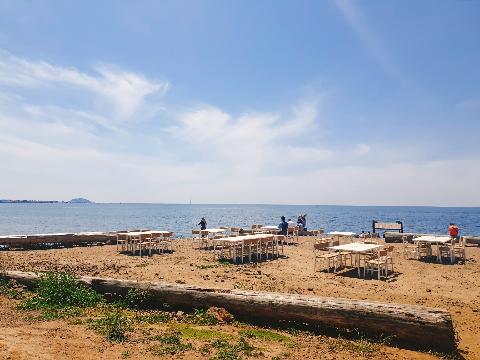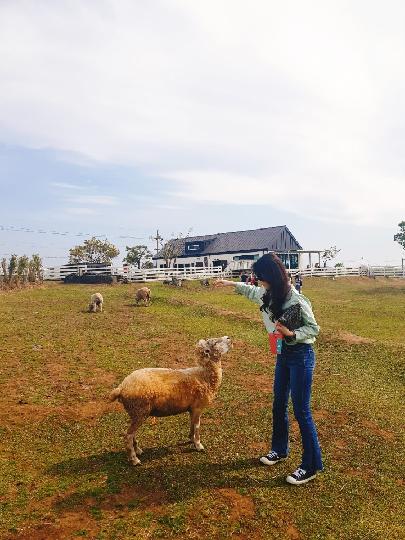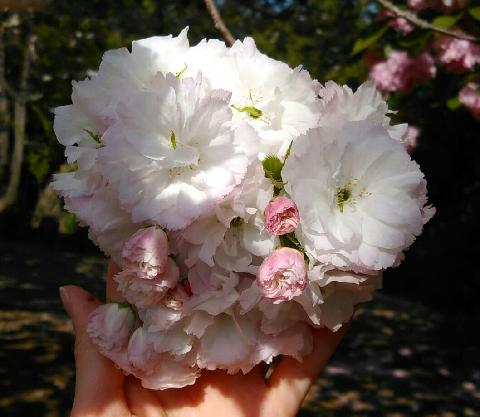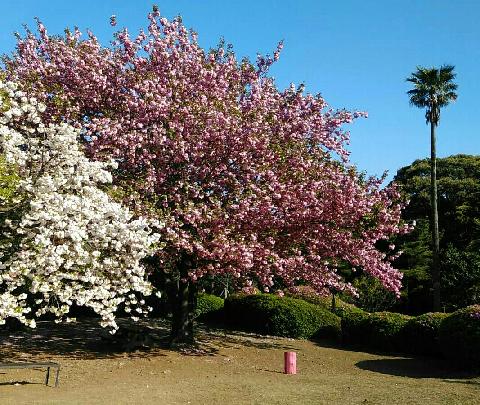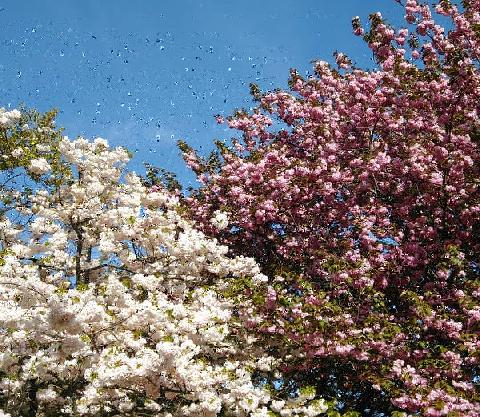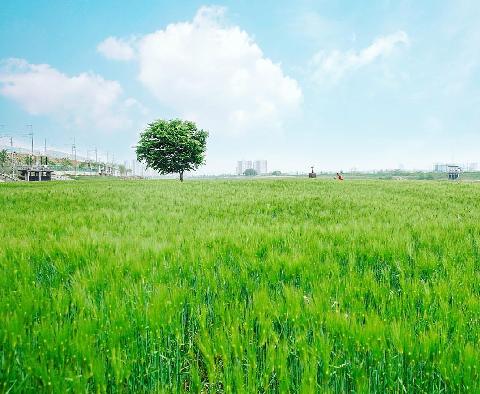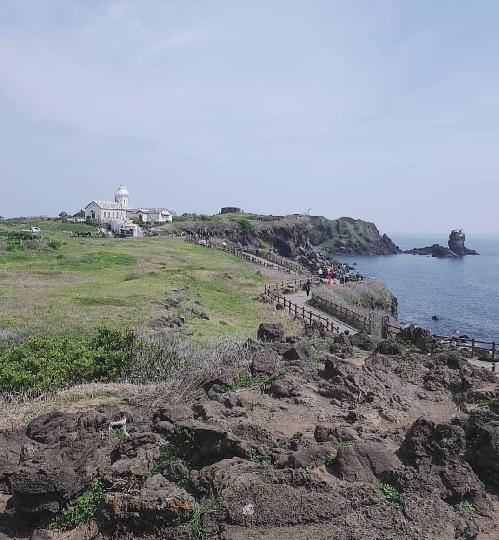본문
Travel Jeju along its blossoming paths <Springtime in Jeju is always fragrant>
별점(5점만점에 4점)
Don’t you love spring? Flowers emerge from the winter chill to gladden one’s heart. On Jeju, canola flowers are already painting the landscape yellow. Meanwhile, the cherry blossoms are awaiting slightly warmer temperatures before they reveal themselves and their pink, fragrant buds. As springtime washes over us, let’s explore this overview of which flowers are blooming and where around the island you can find them.
Review
153
Lookup
48,870
Share SNS
21
- Travel Jeju along its blossoming paths<Springtime in Jeju is always fragrant>
Don’t you love spring? Flowers emerge from the winter chill to gladden one’s heart. On Jeju, canola flowers are already painting the landscape yellow. Meanwhile, the cherry blossoms are awaiting slightly warmer temperatures before they reveal themselves and their pink, fragrant buds. As springtime washes over us, let’s explore this overview of which flowers are blooming and where around the island you can find them.

In Korean, the word for the canola flower, or yuchae, evokes the idea of cheerfulness. With this in mind, it’s easy to see why walking among the yellow blossoms is so attractive. During the spring season, you’ll find this cheerful flower all around the island, but the area around Sanbangsan Mountain, the Canola Flower Cultivation Area, and the Handam coast at Aewol are especially rich. There are also a number of festivals organized around this beautiful plant, including the Seogwipo Canola Flower International Walking Festival and the Jeju Canola Flower Festival.

This year the cherry trees of Jeju Island blossomed a bit early, around March 22 in the southern region of Seogwipo. Spring has sprung and the cherry blossoms in particular seem to burst from their branches, symbolizing the resilience of people everywhere. The island’s cherry species has flowers that are generally bigger and more intensely hued that others. This makes them particularly attractive and popular. You can find them at a number of very popular and truly spectacular locations around the island. These include the entrance to Jeju National University, the area around the Jeju Sports Complex, and along Noksan Road, where the Jeju Canola Flower Festival is held.

Gapado is an island that is about a 20-minute ferry ride from the Seogwipo coast. In the spring, the entire island is filled with waves of green barley. The barley fields take up about 600,000 square meters of the island. Most of the green barley grown there is a native species of Jeju called “hyangmaek.” It is taller than regular barley, which is why this magnificent verdant crop of barley undulates so dramatically in the wind. You can walk through these fields and along the Jeju Olle walking trail (10-1) as you enjoy spectacular views of Hallasan Mountain, Songaksan Mountain, Gunsan, and as an added bonus to the south, Marado Island, Korea’s southernmost point. This 4-kilometer-long trail circumnavigates the island and is easy to complete in an hour or two.
Did you know that Jeju Island is the largest producer of buckwheat in Korea? This is in part because buckwheat grows quite well in its rocky, windy terrain. Twice a year in the spring and autumn many fields emerge with popcorn-like blossoms, though some say they look more like freshly fallen snow. They are particularly conspicuous around Boromwat and Andeok-myeon. At the foot of Hallasan Mountain is the annual Buckwheat Festival. You’ll also find buckwheat flowers alongside green tea and cosmos flowers at Noksan Road near the Jeongseok Airport Hanger in Pyoseon-myeon, Seogwipo.

In addition to canola blossoms and cherry blossoms, various other flowers bloom throughout Jeju. In particular, Hallasan Mountain in May has fields of red azalea and rhododendron blossoms in and around Witse Oreum on the Yeongsil trail. Rhododendrons blossom on the lower elevations of Hallasan along the Dullegil and Saryeoni forest trails. Later in May you can start to find mandarin trees, with their pure white petals, inundating the orchards of Seogwipo with their sweet fragrance. From May 6th to the 10th, enjoy these mandarin trees at the annual Eco Party event in Hahyo village, Seogwipo. The Bangseonmun Festival, held in a lovely valley there, celebrates the area's beauty in springtime with its wondrous azalea and rhododendron flowers. This phenomenon is also known as the "Young-gu-chun-hwa (spring blossoms of Young-gu)," which is one of the top 10 most beautiful things in Jeju.


- Notice
- 2019-03-26
- ※ Unauthorized use of the content above (text, photos and videos) is prohibited and subject to copyright by the Jeju Tourism Organization.



